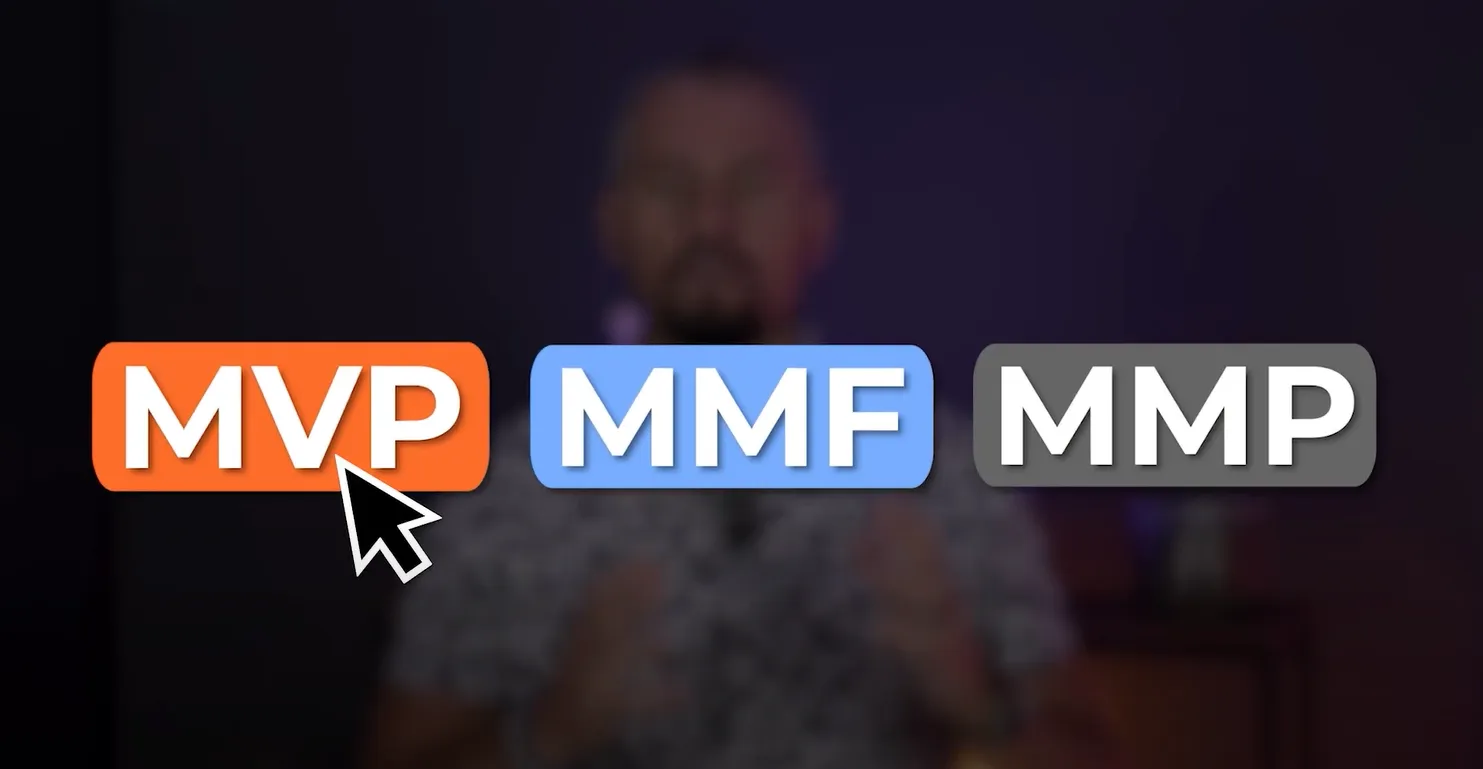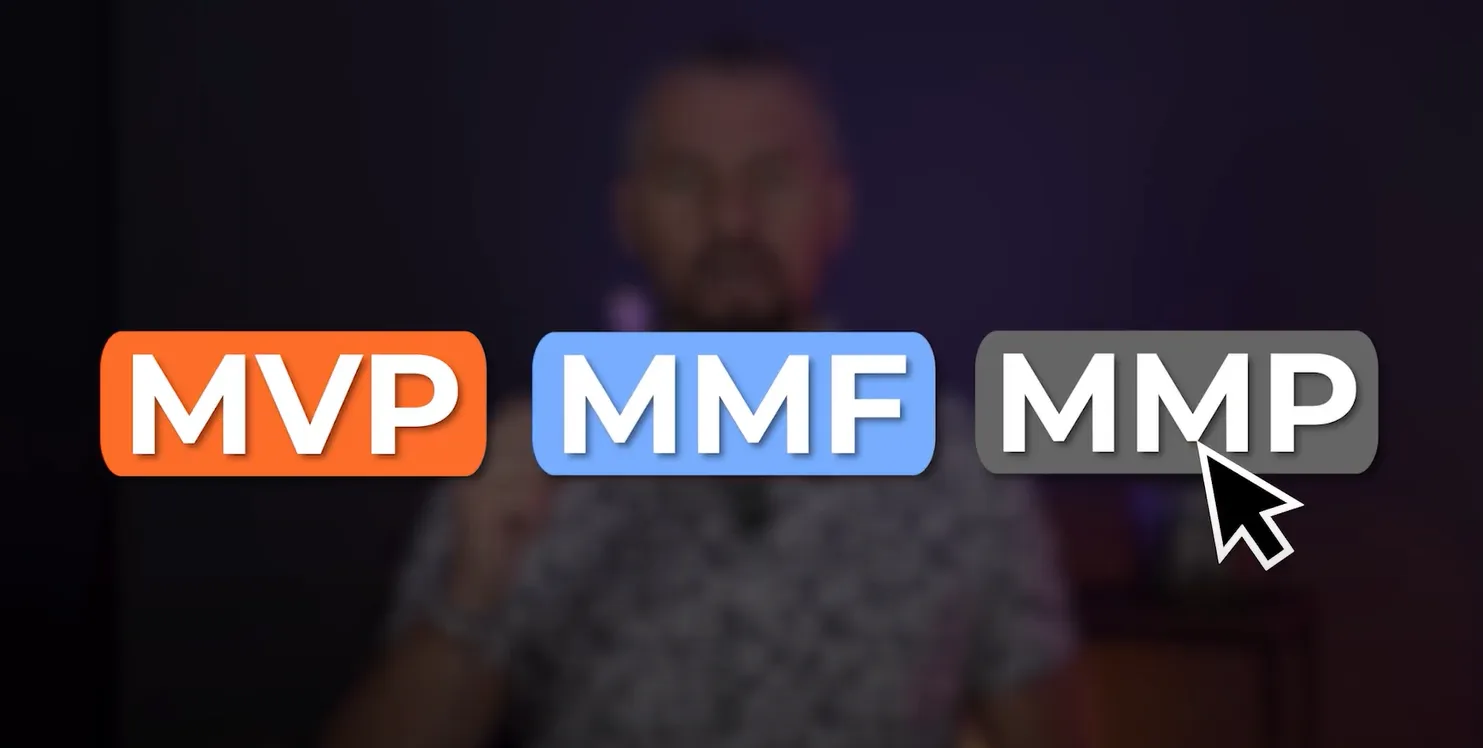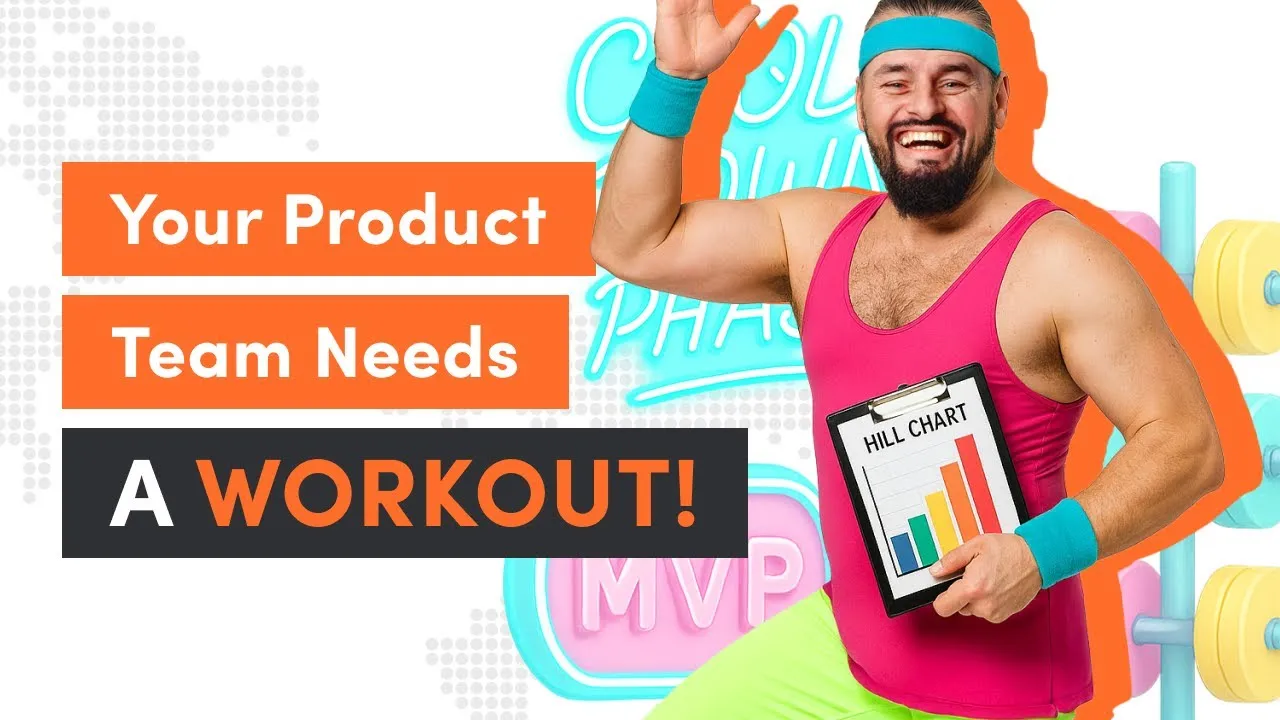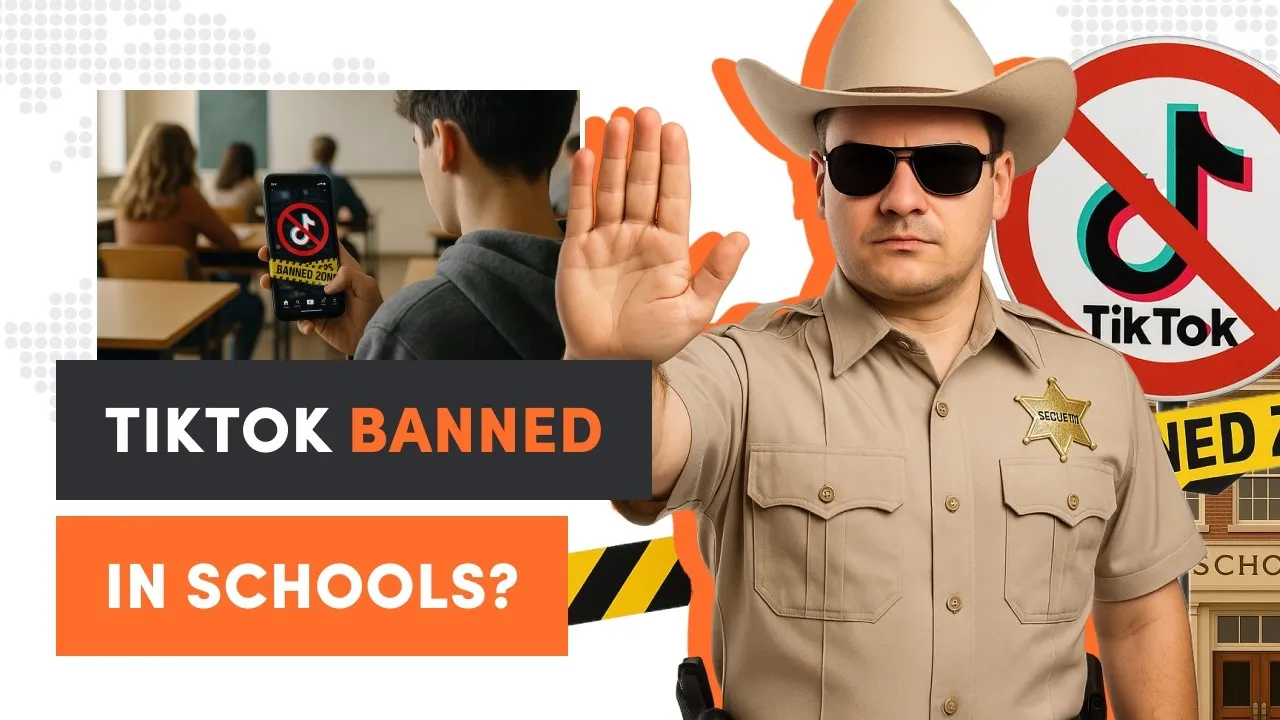You have just come up with an incredible idea for a SaaS platform that you believe will change the game in your industry. You're excited, motivated, and ready to build. But then reality hits: where do you start? Should you build the full product right away, or should you take a step back and release something smaller to test the waters?
Well, if you are like most entrepreneurs, you've probably come across terms like MVP, MMF, and MMP. But what do they actually mean? And more importantly, how do you know which one is the right approach for your SaaS problem? You don’t want to spend months building something only to find out that it’s not what your users need, right?
Here’s the good news: you are in the right place. I will help you navigate these concepts by breaking them down step by step. We’re going to talk about the differences between MVP, MMF, and MMP, and how each one can fit into your product development journey, and I’ll share real-world examples of companies that got it right and grew into giants.
In this article you will learn:
- What do MVP, MMF and MMP actually mean?
- You will know actionable insights that can help you avoid costly mistakes.
- You will know the differences between MVP, MMF, and MMP.
- How to choose the right approach to achieve maximum benefits?
-
Start with an MVP if you are in the idea validation phase. You need to test your assumptions and see if there is demand for your product before investing too much time and money.
-
Focus on MMFs if you are building iteratively. Once your concept is validated, start delivering features that provide value to your users incrementally. This helps you get something useful into the hands of users while continuing to evolve the product.
-
Move to an MMP when you are ready to go to market. This is when you’ve built enough of the product to solve a real problem for your users and are ready to start generating revenue. Your MMP should be marketable and provide enough value to stand on its own, even if it’s just the starting point for bigger things.
What is an MVP (Minimum Viable Product)?

An MVP, as coined by Eric Ries in The Lean Startup, is the simplest version of your product that allows you to test your core idea with real users. It’s not about perfection; it’s about learning quickly, iterating efficiently, and validating your assumptions with minimal resources.
Read also: Why MVP Development Should Be Outsourced
Example: Slack’s Early Days
Slack began as a basic chat application aimed at enhancing team communication. While it lacked many features like integrations and file sharing, its MVP effectively solved a key problem—real-time communication. This validated the concept’s viability and set the stage for further growth.
Several key steps to create an MVP:
- Identify the core problem your product addresses.
- Define the minimal set of features needed to solve that problem. It’s crucial to focus on the essential features that deliver the core value proposition.
- Launch quickly to gather user feedback and iterate. The beauty of an MVP lies in its ability to facilitate rapid feedback loops. By releasing the MVP to a small group of users, you can gather valuable insights into what’s working and what needs improvement. Based on user feedback, you can iterate quickly, making changes and enhancements to refine the product. This iterative process allows you to continuously improve the product and move closer to creating a solution that resonates with your target audience.
Remember, an MVP isn’t a final product but a stepping stone toward a more refined version.
By focusing on the essentials, you can test the waters without overcommitting resources, ensuring your idea resonates with your target market research audience.
What is an MMF (Minimum Marketable Features)?

An MMF, introduced in Software by Numbers by Mark Denne and Jane Cleland-Huang, goes beyond the concept of an MVP. It represents a standalone piece of functionality that provides real value to users and can be marketed independently. The key aspect of an MMF is its ability to stand alone as a valuable product, even if it’s just a small part of a larger vision. It’s not simply an experiment, but rather a strategic approach to the product development process that prioritizes delivering tangible value to users as early as possible.
Example: Spotify’s Core Streaming Feature
When Spotify launched, it offered only the core functionality of streaming music. This single feature was valuable enough to attract users and generate feedback. Over time, Spotify added features like playlists and social sharing, building upon its successful MMF.
The MMF approach emphasizes:
- Delivering incremental value to users.
- Breaking development into manageable units.
- Responding to user feedback with agility.
By focusing on MMFs, product teams can minimize risk, increase predictability, and achieve sustainable growth.
Try our developers.
Free for 2 weeks.
No risk. Just results. Get a feel for our process, speed, and quality — work with our developers for a trial sprint and see why global companies choose Selleo.
What is an MMP (Minimum Marketable Product)?

An MMP is the smallest version of your product that is market-ready and addresses a specific customer issue. Unlike an MVP or MMF, the MMP is a fully functional product capable of generating revenue while leaving room for future enhancements.
The goal of an MMP (Minimum Marketable Product) is to quickly validate product-market fit while collecting valuable customer feedback. However, it extends beyond being merely an experiment. By launching a limited yet functional product, businesses can generate revenue, test assumptions, and gain insights into what users genuinely need—all while minimizing the initial investment of time and resources.
Example: Basecamp’s Project Management Tool
Basecamp launched with essential project management features that addressed a key problem for teams. While not feature-rich, the MMP delivered enough value to attract paying customers and gather insights for further development.
In essence, while an MVP is primarily focused on learning and an MMF aims to deliver valuable features incrementally, the MMP represents a more comprehensive approach. It involves going to market with a fully functional product that can generate revenue while allowing space for future growth and improvements..
Key benefits of the MMP approach include:
- Validating product-market fit quickly.
- Generating revenue while reducing risks.
- Providing a strong foundation for growth.
By launching an MMP, businesses can make informed decisions based on real user data, ensuring long-term success.
How to Choose the Right Approach - MMP vs MMF vs MVP
Now that we’ve covered the differences between MVP, MMF, and MMP, how do you decide which approach is right for your SaaS platform? To help you navigate this, let’s walk through the stories of three different entrepreneurs, each on their unique journey. By the end, you’ll see how the decision to go with MVP, MMF, or MMP shaped their success.
Case Studies - Meet Sarah, Jason and Aisha
Meet Sarah:
By focusing on her MVP, Sarah quickly learns there’s a real demand for her idea.
Sarah has an idea for a new SaaS platform that helps small businesses manage their inventory more efficiently. But she’s not sure if there’s a market for it yet. Instead of diving into a full product build, Sarah decides to start with an MVP—a minimum viable product. Sarah’s MVP is simple: it’s just a basic app that lets users track their inventory. No fancy analytics, no integrations—just the essentials. Her goal is to validate that small business owners are willing to pay for this solution before investing too much time and money.
By focusing on her MVP, Sarah quickly learns there’s real demand for her idea. She gathers feedback, makes improvements, and attracts early users without the risk of overbuilding. Now she knows her idea has potential, and she can confidently move forward with further development.
Meet Jason:
Each feature he releases builds on the last, and his product evolves based on real user needs.
Jason’s SaaS platform is a bit further along. He has validated his idea—a tool for remote teams to collaborate on design projects—but he’s not ready for a full product launch yet. Instead, Jason decides to focus on delivering an MMF: a minimum marketable feature.
Jason’s first MMF is a shared whiteboard tool. It’s just one piece of the larger product he’s envisioning, but it’s valuable enough to be marketed on its own. Remote teams can use it right away, and Jason is able to start generating revenue while continuing to develop additional features.
By focusing on MMFs, Jason delivers value to his users incrementally. Each feature he releases builds on the last, and his product evolves based on real user needs. This approach keeps his customers engaged and allows him to grow his platform step by step.
Meet Aisha:
She has built a solid foundation to grow from, ensuring future features will be driven by actual customer needs.
Aisha has been working on her SaaS platform for months—a tool that helps freelance writers manage their projects, track clients, and handle invoicing. She’s passed the idea validation stage and has built enough of the product to solve a real problem for her target audience.
Aisha is ready to go to market with her MMP—a minimum marketable product. Her MMP is a complete, market-ready product. It’s not overloaded with features, but it’s functional enough to start generating revenue and providing real value to freelance writers.
She launches her MMP, gets her first paying customers, and begins gathering feedback for future updates. By going to market with her MMP, Aisha positions herself to start making money while also learning what her users really want.
Conclusion
Remember, every company’s journey is different. Slack, Spotify, and Basecamp all started small but grew into giants by following these strategies. The key is to start small, learn fast, and build something that customers love. Whether you are validating an idea, delivering small, valuable features, or launching your first product to the market, understanding MVP, MMF, and MMP will help guide you in building your SaaS platform the right way.




